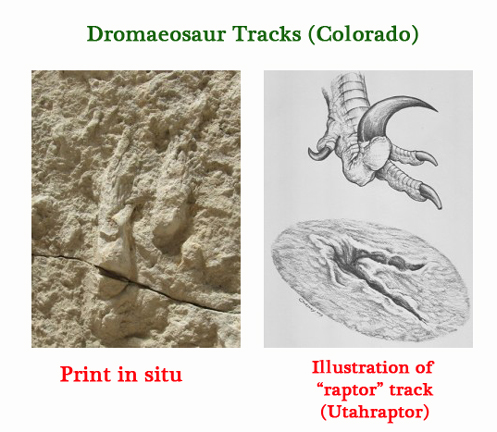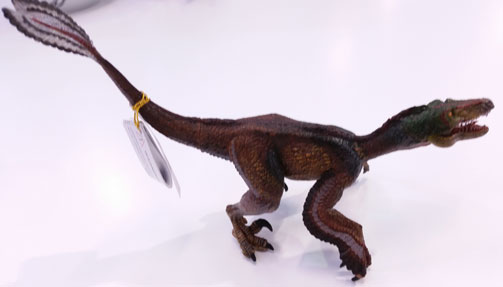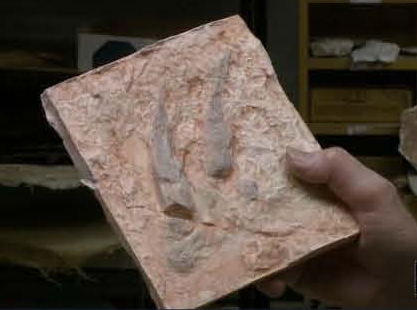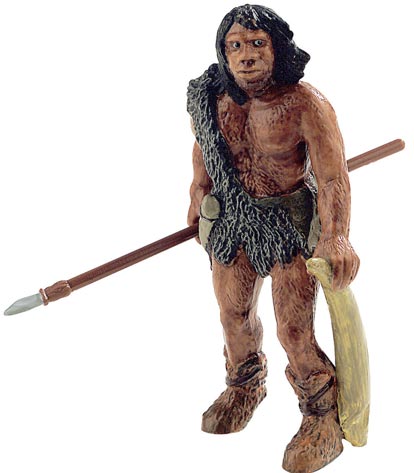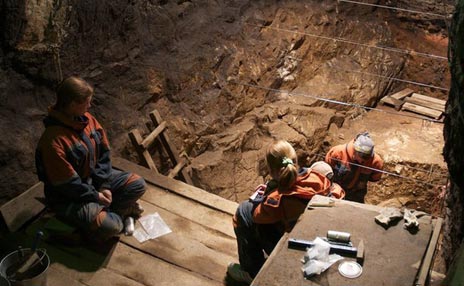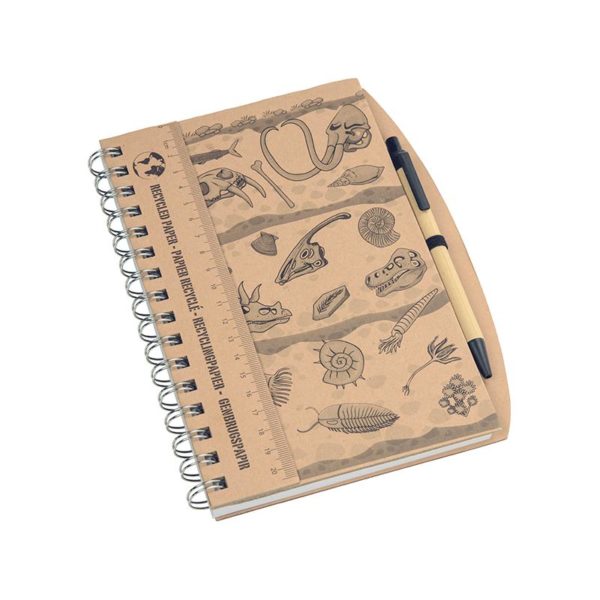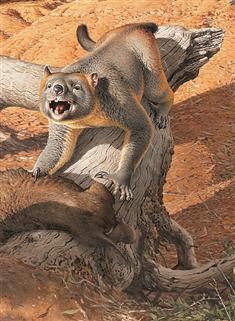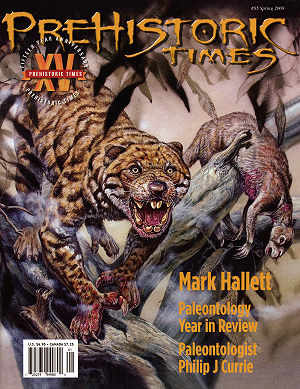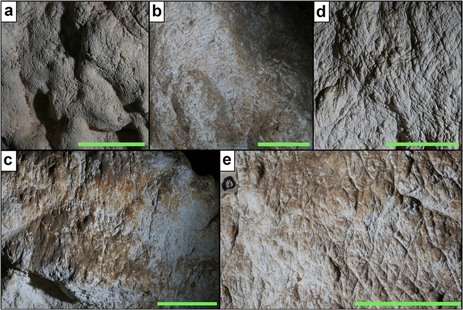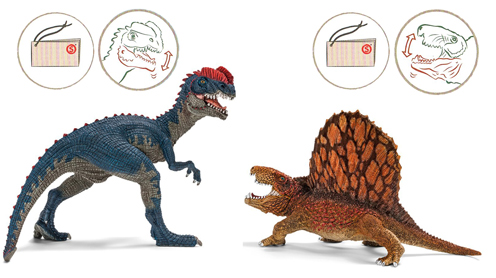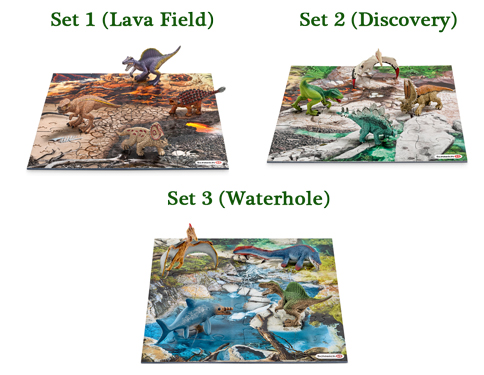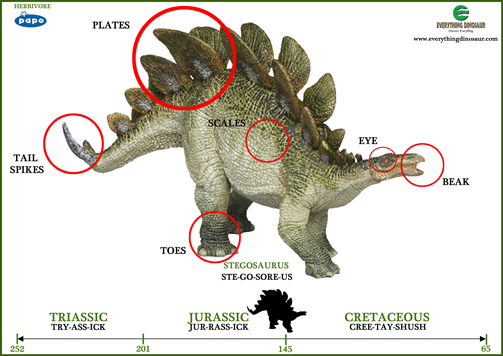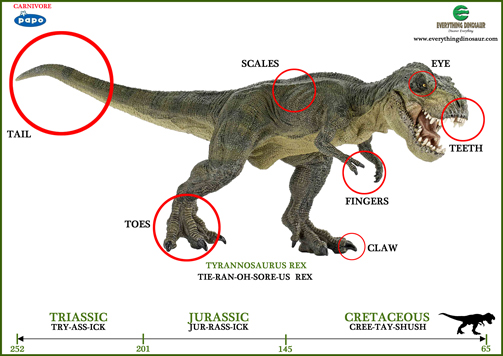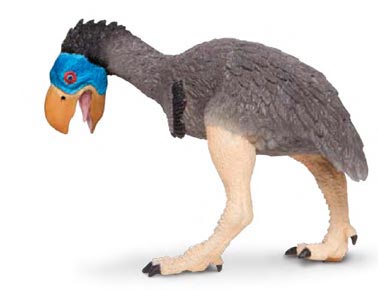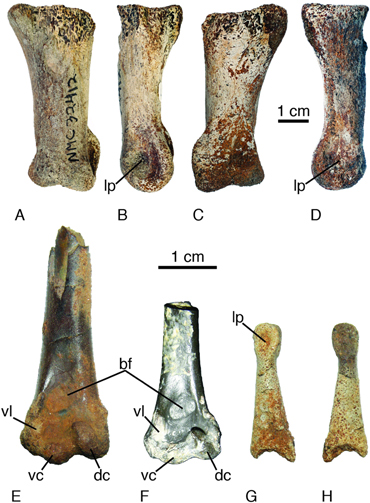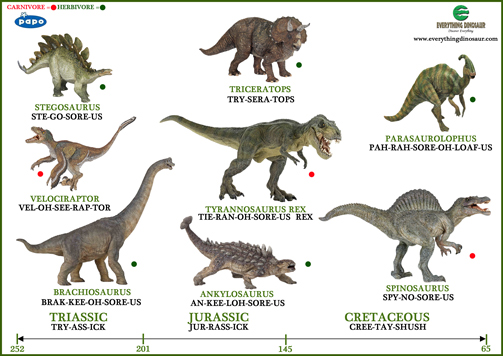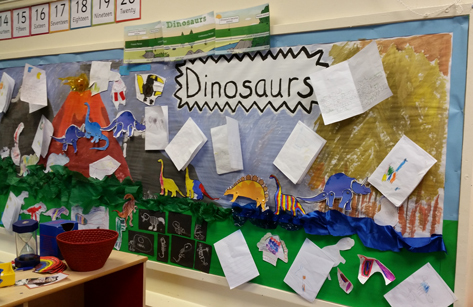Rare Raptor Tracks from Colorado
Dinosaur Ridge Reveals Evidence of Dromaeosaurs
Welsh palaeontologist Dr Martin Lockley of the University of Colorado Denver, has identified the tell-tale, two-toed tracks of dromaeosaurid dinosaurs from strata from the eastern side of the famous Dinosaur Ridge location to the west of the “mile high city”. This is the first time dromaeosaurid tracks have been found in the State, only sixteen other dromaeosaurid trackways have been documented to date, most of these come from China or South Korea. There has only ever been one other two-toed trackway discovered in the whole of North America.
Cedar Mountain Formation
This site from the Cedar Mountain Formation of eastern Utah (the Mill Canyon Dinosaur Tracksite), has preserved didactyl tracks that have been given the ichnogenus Dromaeopodus. Dr Lockley played a key role in the study of the eastern Utah fossils. These trace fossils like the Colorado material, date from the Cretaceous, however, the Dinosaur Ridge tracks are a little younger having been made some 105 million years ago, whereas, the Mill Canyon strata (from the Ruby Ranch Member of the Cedar Mountain Formation), are believed to date from around 112-115 million years ago.
Dromaeosaurid Track and Illustration (Dinosaur Ridge Location)
Picture credit: University of Colorado Denver (photograph), Matt Celeskey illustration with additional annotation by Everything Dinosaur
Raptor Tracks
The picture above shows one of the tracks identified by the research team as dromaeosaurid. In these types of dinosaurs, also referred to as the “raptors”, the second toe possessed a huge sickle-like claw which was held off the ground. In essence, these dinosaurs moved around on just two toes (toes III and IV), hence, only two toe impressions can be seen in the footprint.
Films like “Jurassic Park” and “Jurassic World” have popularised the “raptors”, dinosaurs like Velociraptor and Utahraptor for example. The illustration above by Matt Celeskey is based on Utahraptor, the largest dromaeosaurid known, although recently Everything Dinosaur reported on the discovery of fossils from another huge “raptor”, but one that lived much later in the Cretaceous – Dakotaraptor.
To read an article about the discovery of Dakotaraptor: Dakotaraptor – A Giant Raptor.
An Model of a Typical Dromaeosaurid
Picture credit: Everything Dinosaur
Agile Dinosaurs
It is believed that these agile dinosaurs were covered in shaggy coats of proto-feathers and that they may have been pack hunters. Dromaeosaurids ranged in size from about as big as chickens to giants that were as long as Saltwater crocodiles.
To read about the discovery of a new species of dromaeosaur from Canada that Everything Dinosaur reported on last year: Sniffing Out a New Dinosaur Species.
Dr Martin Lockley Holding a Cast of a Footprint
Picture Credit: University of Colorado Denver/Channel 9 News
Dr Lockley’s thumb marks the place where the sickle-toed claw would have been, but it has left no impression as it was raised off the ground, only the pes prior to the claw itself has left an impression. The track represents a left foot. A paper detailing the discovery is due to be published in the academic journal “Cretaceous Research”.
A Significant Fossil Discovery
Most of the tracks and footprints found in the Cretaceous portion of the Dinosaur Ridge strata represent a wet, lowland, coastal landscape. However, the dromaeosaurid tracks are located in a bed which is around five million years older than the majority of the footprints and tracks found at this locality.
Commenting on the significance of this Dr Lockley stated:
“A few million years is a long time in evolution and plenty of time for changes in the ancient environment and ecosystem. The discovery of these raptor tracks demonstrate the substantial changes in the Cretaceous landscapes in North America over time.”


